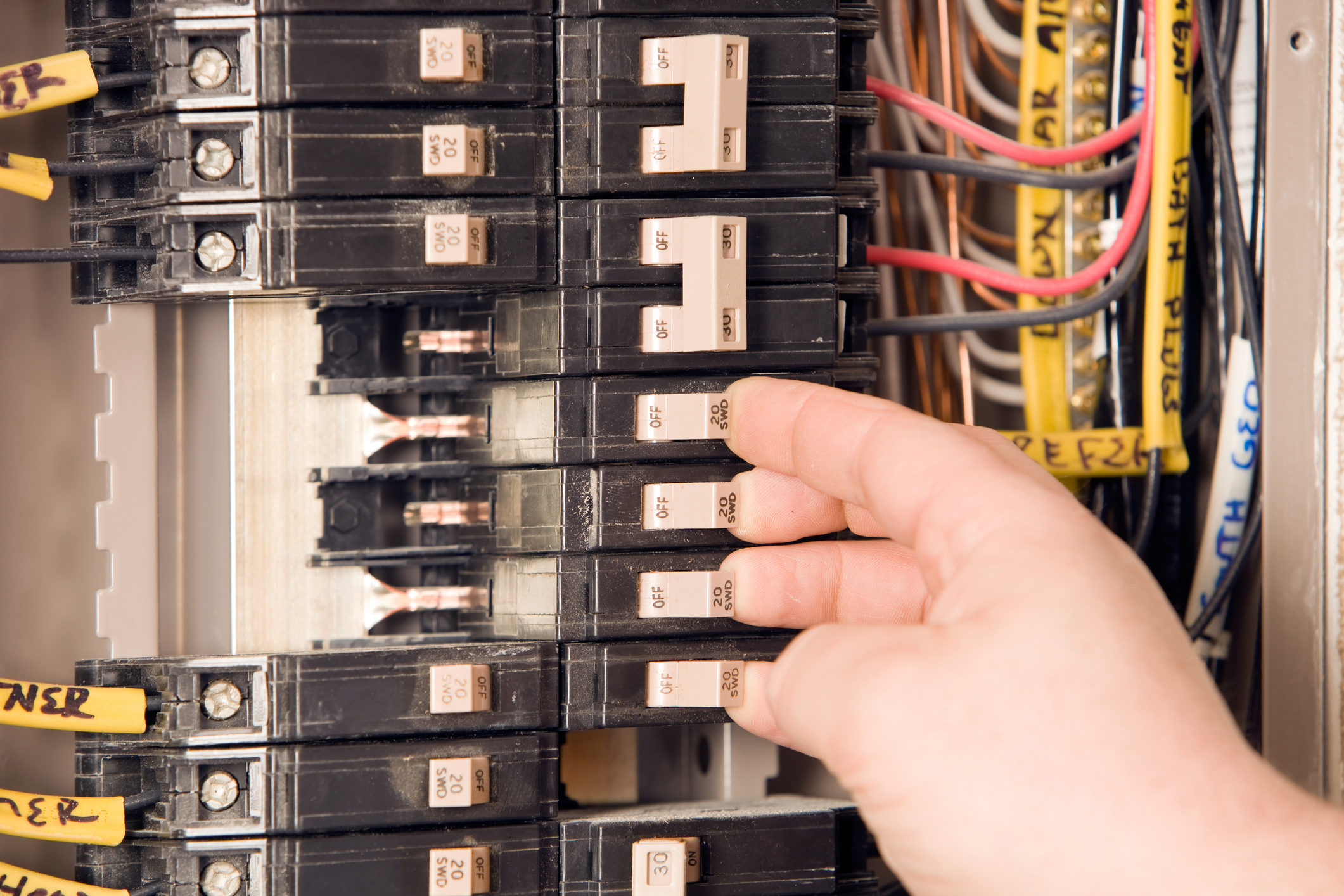We use cookies on our website.
Some of them are necessary for the functioning of the site, but you can decide about others.

Thinking about adding a new media room, converting that attic space or finally finishing out the basement? Before you flip the switch on home improvement, it’s crucial to understand how much electrical load your home can handle. That’s where load calculations come in. These calculations are the foundation of safe, code-compliant electrical design—and they can help you avoid costly service upgrades by making smarter use of your existing capacity.
Load calculations determine the total electrical demand a home places on its service panel. These calculations are essential for ensuring that the electrical system can safely handle all connected appliances and devices without overloading.
According to the National Electrical Code (NEC), Article 220, electricians must calculate the expected load to size feeders and service equipment appropriately. This includes accounting for continuous loads—like EV chargers—which must be multiplied by 125% during calculations.
Why are load calculations important?
1. Safety - Overloaded circuits can lead to overheating, fires or equipment failure.
2. Code Compliance - Authorities Having Jurisdiction or AHJ’s (the municipality in charge of permitting and inspection), require accurate load calculations for permitting and inspections.
3. Cost Savings: Proper load management can help homeowners avoid expensive service upgrades by optimizing existing capacity.
Modern Energy Management Systems (EMS), like the Lumin Smart Panel are revolutionizing how we manage high demand loads. These systems actively monitor and control electrical loads to stay within a configured amperage limit, making them compliant with NEC 750.30 and 220.70.
How does the Lumin Smart Panel work?
The Lumin Smart Panel and Panel Guard work together to intelligently manage a home’s electrical load by monitoring real-time energy usage and dynamically controlling circuits to stay within a set amperage limit. The Lumin Smart Panel is installed alongside the main electrical panel and connects to selected circuits, enabling remote or automated on/off control. Panel Guard, the software interface, allows installers to configure how and when circuits are shed based on total home consumption or grouped circuit thresholds. It also provides homeowners with real time circuit consumption monitoring. Meaning, they can see how much electricity each connected load is using.
That’s great, but how does the Lumin Smart Panel help avoid a service upgrade?
Imagine a homeowner with a 200 A service and a calculated load of 155 A. They want to add a 48A EV charger, which would push the load to 203 A—requiring a costly service upgrade.
Instead, they install the Lumin Smart Panel and configure it to control the EV charger and an existing water heater. By setting a 50 A limit for these two loads, and applying the 125% rule for continuous loads, the adjusted load fits within the existing 200 A service. No upgrade needed.
Load calculations are more than just numbers—they’re the foundation of a safe, efficient, and future-ready home. With tools like the Lumin Smart Panel, homeowners and electricians can confidently manage growing electrical demands without overhauling existing infrastructure.